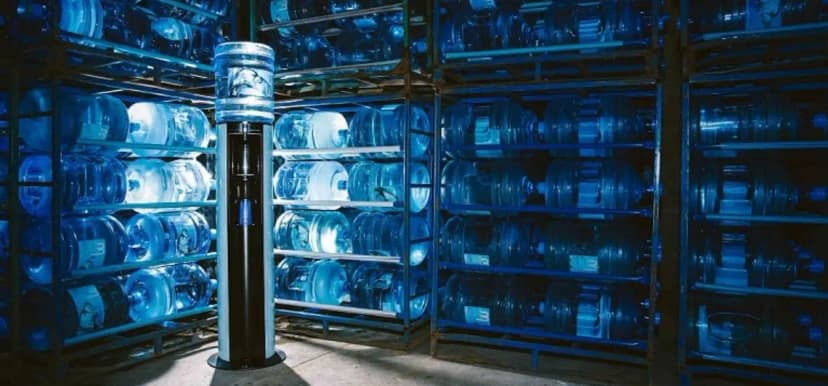Understanding Sustainable Web Development
Sustainable web development focuses on creating websites that are environmentally friendly, efficient, and accessible. As users become more conscious of the environmental impact of their online activities, businesses are realizing the need to adopt sustainable practices in their digital presence.
Why Is Sustainable Web Development Important?
Sustainable web development is crucial for multiple reasons:
- Environmental Impact: Traditional web practices can contribute significantly to carbon emissions. A sustainable approach reduces this impact.
- User Demand: A growing number of consumers prefer brands that demonstrate sustainability.
- Regulatory Compliance: Governments worldwide are creating regulations surrounding environmental standards, making sustainable practices essential.
Key Principles of Sustainable Web Development
1. Energy Efficiency
Design websites that load quickly and consume less energy. Efficient coding and optimized graphics are essential.
2. Accessibility
Sustainable web development must consider all users, including those with disabilities. This inclusivity often leads to improved user experience and broader reach.
3. Responsiveness
With an increase in mobile usage, responsive design ensures that websites display effectively on all devices, reducing bounce rates and energy consumption.
4. Sustainable Hosting
Choose web hosting providers that utilize renewable energy. This change can greatly reduce the carbon footprint of your website.
Best Practices for Implementing Sustainable Web Development
- Optimize Images and Resources: Compress images and minimize the use of heavy files. Tools like TinyPNG can help.
- Use a Content Delivery Network (CDN): CDNs reduce latency and the energy needed to deliver content globally.
- Limit Video Autoplay: Videos can consume significant bandwidth. Allow users to decide when to play.
- Implement Caching: Caching helps load pages faster, decreasing server workload and energy use.
- Design for Longevity: Creating a durable website reduces the need for frequent redesigns, which saves resources.
How to Measure the Sustainability of Your Website
Measuring your website's sustainability involves tracking various metrics:
- Loading Speed: Use tools like Google PageSpeed Insights to monitor and improve your website’s performance.
- Energy Consumption: Website Carbon can help evaluate your site's energy impact.
- User Engagement: High engagement rates often correlate with a well-optimized and sustainable site.
Future of Sustainable Web Development in South Africa
As South Africa continues to embrace digital transformation, sustainable web development will play a pivotal role in shaping the future of businesses. Companies that prioritize sustainability will not only stand out but will also attract a clientele that values ethical practices.
Conclusion
Adopting sustainable web development practices is not just an ethical responsibility; it can also drive business growth. By prioritizing energy efficiency, accessibility, and user experience, you can create a website that not only meets user demands but also contributes positively to the environment.














